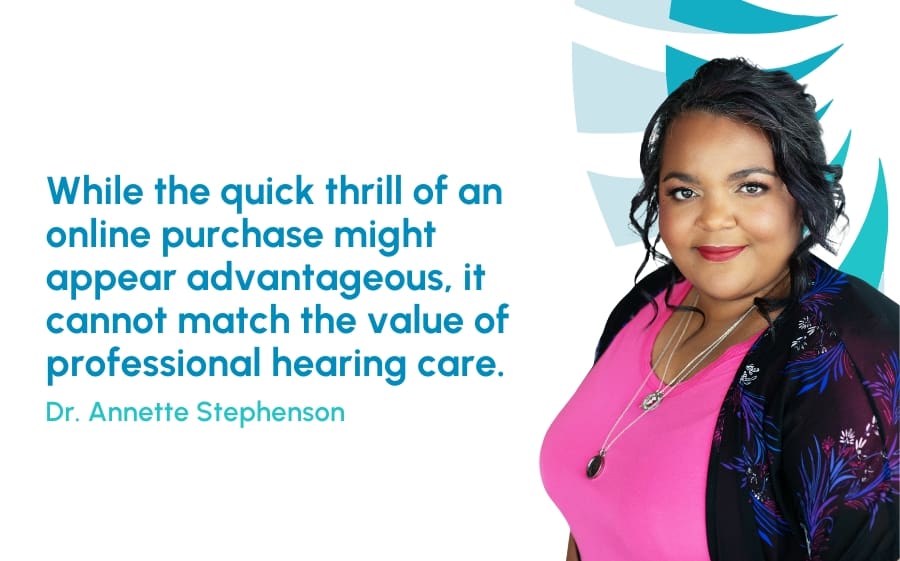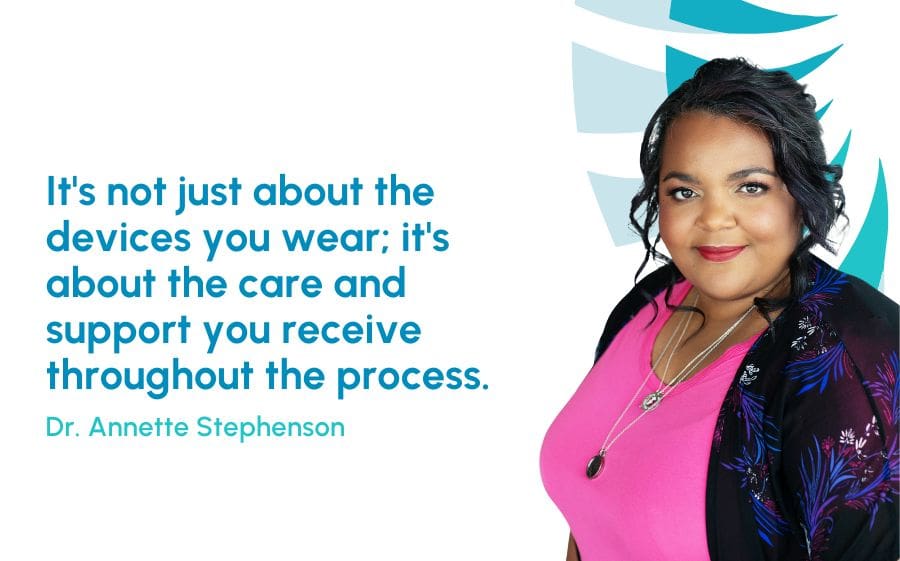Our hearing is one of the few senses that we never turn off, even when we sleep.
We’re constantly listening, even in silent rooms—from the wind outside to the whirr of your refrigerator or AC unit, there’s noise everywhere that we’re always listening to. But how do we listen to it?
While we learn how our eyes see different colors and which parts of the tongue taste different tastes, we don’t often learn how we hear sound unless we seek out the information ourselves. For many people who come into our professional hearing clinic with hearing loss challenges, the intricacies of their hearing are a total unknown.
There are several parts to your hearing, or your auditory system, including the outer, middle, and inner ear. Inside the inner ear is the auditory nerve, which runs up to the brain stem and the temporal lobe, where we attach meaning to the sounds we hear.
Of course, it all goes down a little more detailed than that.
You Had Me at “Hello!”
Let’s say that someone just called your name from across the way and said “Hello” to you. Now, let’s slow things down a bit to show you how your hearing takes that noise and turns it into you recognizing that your neighbor greeted you.
First, the sound waves of that “Hello” travel through your outer ear into your ear canal and then hit your eardrum, which causes the eardrum to vibrate. That vibration travels from your eardrum to your ossicles, which are the tiny bones in your middle ear known as the hammer, anvil, and stirrup.
The hammer is attached to the eardrum on one end, and the other end connects to the anvil in a hinge. The anvil is connected to the stirrup, which then connects to the cochlea. When the eardrum vibrates with sound, the ossicles move in a piston-like action to generate vibration in the inner ear, which signals to the brain that sound is happening.
With the help of the hammer, anvil, stirrup movement, the vibrations in your cochlea send messages to your auditory nerve in your brain, which receives the information and translates it to the sound of your neighbor greeting you—and now, milliseconds later, you can respond with a polite “Hello” back!
How to Protect Your Hearing
If you find that you’re struggling to hear the world around you, or the time between hearing a sound and responding to it has slowed significantly, it might be time to research hearing tests.
As the only hearing clinic on Grand Island, Cayman Hearing Center is the place to go for hearing assessments and hearing aids with an ocean view. Our team of professional audiologists is ready to help guide and support you through your hearing health journey, whether you’re looking for hearing aids or annual hearing tests.
For more information, please feel free to request a callback and we’ll get in touch with you to help you address your hearing health concerns. You can also call us at (345) 946-9174 for a more immediate conversation.





